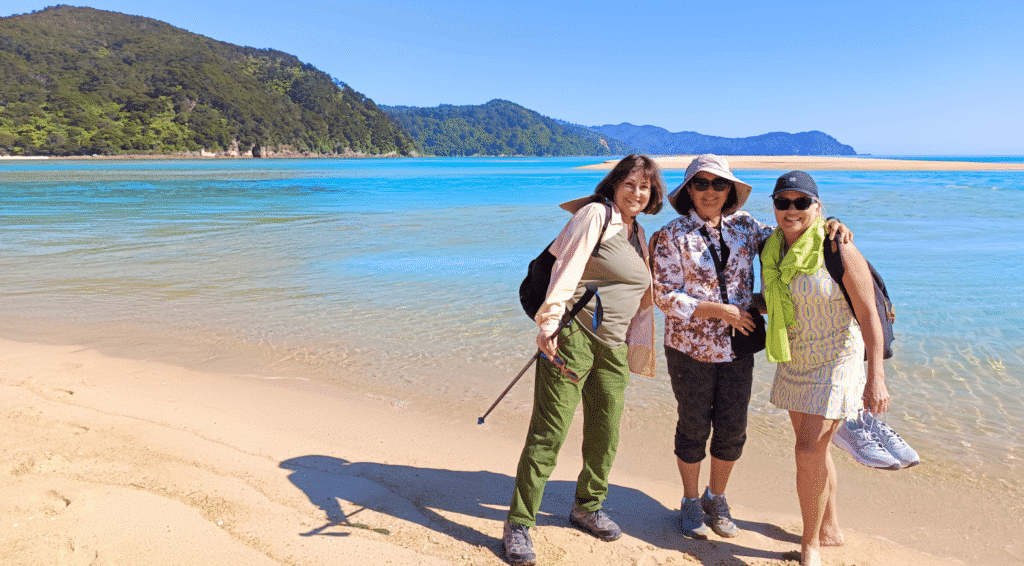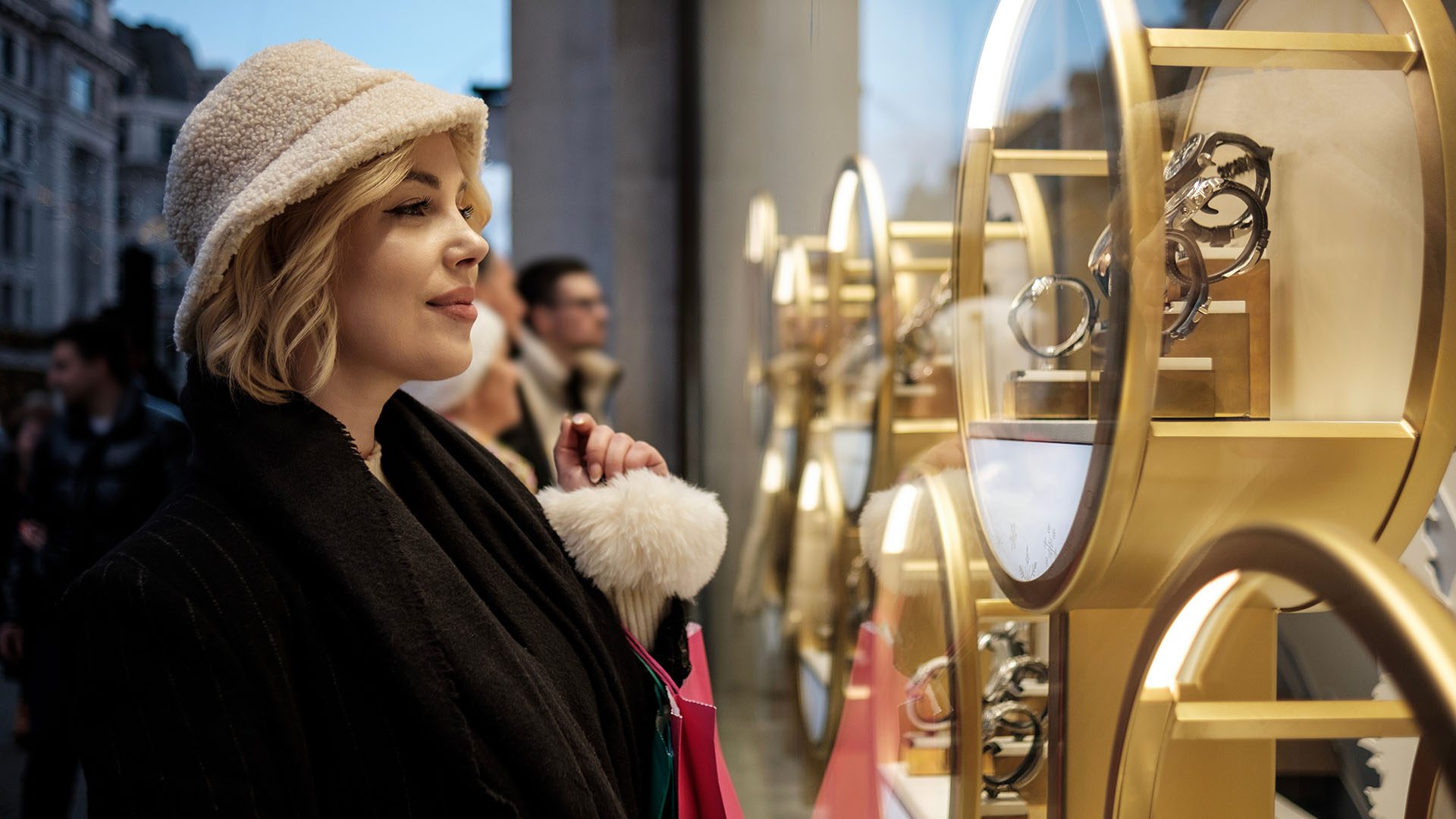After a four-year hiatus, the Eastern & Oriental Express is once again bringing romance to the rails of Malaysia.

The first time I stepped aboard the Eastern & Oriental Express, more than a decade ago now, was at Hua Lamphong Station in Bangkok. Back then, the almost century-old structure was the Thai capital’s main railway hub, and under a vaulted iron roof, its passenger hall bustled with saffron-robed monks and backpackers and porters wheeling teetering baggage trolleys through the milling crowds.
This journey, however, begins at the considerably less atmospheric Woodlands Train Checkpoint in northern Singapore. There’s not a jot of faded charm or chaotic bustle to the place, though it is spotless and efficient. My fellow passengers and I breeze through hushed immigration halls — one for Singapore, the other, Malaysia — in no time. But as soon as we step onto the platform, the Eastern & Oriental Express’s line of green-and-cream carriages beckons us into another world entirely, one that hearkens to a slower, more gracious era of travel.
Southeast Asia’s only luxury sleeper train launched in 1993 offering curated rail excursions between Singapore and Bangkok. It was conceived as a regional answer to its famous European sister, the Venice Simplon-Orient-Express, which is also operated by the London-based Belmond group (formerly Orient-Express Hotels). Ensuing years would see the addition of other itineraries — that first trip of mine went from Bangkok to the Lao border near Vientiane — until the pandemic shut down the service entirely. Now, four years later, the train is back on the tracks, with refurbished carriages and a new culinary program. I’m keen to find out how it lives up to my recollections.
As the company has yet to renegotiate its access to the Thai railway system, the Malay Peninsula is it for now. Our journey is a three-nighter called Wild Malaysia. The route will take us some 200 kilometers up the track to the railway junction at Gemas, where we’ll divert onto Malaysia’s East Coast Line for a visit to Taman Negara national park in the peninsula’s mountainous interior. We’ll then backtrack to the main line and ride the rails to Butterworth, where a ferry will take us across to Penang for a few hours. (Another itinerary, the Essence of Malaysia, sticks to the west coast and goes as far north as Alor Setar, crescendoing with a boat trip to Langkawi’s Pulau Payar Marine Park before turning back to Singapore.)
As the Eastern & Oriental Express rumbles across the kilometer-long causeway between Singapore and the Malaysian state of Johor, I settle into my cherrywood- paneled cabin. Accommodations aboard the train range from cozy Pullman cabins with upper and lower bunks, to two Presidential suites that each take up half a train car and come (I’m told) with free-flowing Champagne. Mine is a State cabin, larger than a Pullman but still snug — passengers are encouraged to bring just one carry-on bag per person and check anything else into storage.

All the gleaming brass fittings and handsome hand-cut marquetry are as I remember, but the soft furnishings have been updated; my compartment is awash in blue and green velvet, its two windows framed by silk curtains tied back with tasseled golden cords. Complete with the services of a dapper peci-capped steward, the aura is one of old-world elegance. It’s an illusion, of course: these Japanese-built carriages originally made their debut in 1971 on New Zealand Railways’ short-lived Silver Star service between Auckland and Wellington. But it’s a beautiful illusion at that.
Nighttime is when the E&O Express really comes into its own. Dressed to the nines, passengers — as many as 64 when the train’s eight sleeper carriages are fully occupied, as they are on my trip — begin their evenings at either of the two bar cars, sipping wine and cocktails as the scenery outside fades to inky blackness. Come dinnertime, they file to the dining cars at the center of the line, where a panoply of crystal and silverware is laid out on crisp white tablecloths with Downton Abbey precision. The food is great. Taiwanese star chef André Chiang was hired to curate the menus, and the resultant dishes — six wine-paired courses at dinner, three for lunch — blend French technique with Southeast Asian flavors. Laksa bouillabaisse, Penang duck curry, miso-baked cod, a sigh-inducing slow-braised beef cheek in nine-pepper jus — I’m not sure how the kitchen staff manage it in their cramped, juddering galley, but each dish is as beautifully plated as it is delicious. Afterward, it’s back to the convivial bar car for piano-backed pop ballads and nightcaps, until one by one, couples retreat down the rocking corridors to their berths.
By day, the train takes on a more adventurous spirit. Our first destination is Merapoh, a sleepy whistlestop at the gateway to Taman Negara. Malaysia’s single-track East Coast Line has been nicknamed the “Jungle Railway,” and that’s a fair description. Whereas yesterday’s route took us past palm-oil plantations and housing estates, we’re now surrounded by limestone hills and swaths of patchwork forest. Excursion options include an e-bike ride to explore an ancient cave system and a park tour with local tiger conservationists. I elect to join a group led by Malaysian wildlife photographer Sanjitpaal Singh, whose particular passion is hornbills. Piling into the back of a pickup truck, we drive deep into Taman Negara, halting first at a canopy walk and later at a viewing tower where the verdant panorama extends to Mount Tahan, the peninsula’s highest peak. There are, alas, no hornbills to be seen, much less any other wildlife, unless you count the enormous moth that alights on my shoulder. But the scenery is invigorating and Singh’s litany of hornbill facts provides a compelling narrative.

The next morning after breakfast — served in-cabin at 7 a.m. sharp, on a silver tray conveyed by my carriage’s ever-smiling steward, Vishnu — the E&O Express trundles across the murky estuary of the Perai River and pulls into Butterworth Station. This is as far north as we’ll be going. Those of us who disembark are soon aboard a ferry (exclusively chartered for us, which is a nice touch) bound for George Town on the island of Penang. Once ashore, we split into groups again. Some of us head up to Penang Hill in air-conditioned vehicles for a cooking lesson; others are whisked away in trishaws for a freewheeling tour of the city’s heady mélange of British colonial buildings, Chinese shophouses, and ornate temples and mosques. Myself and a few others have chosen to go the art route, which means we’ll be riding on the back of Vespas. Our stops are eclectic: a Teochew puppet demonstration in a 19th-century clan house; the boutique of local designer Pei Shern’s modern batik brand Better Than Blouses; a Peranakan antiques store; and the Hin Bus Depot, an old art deco bus terminal that’s now run as a progressive art space. By noon, the heat on the streets is oppressive, and we’re more than a little relieved when the Vespas return us to the ferry terminal.
Southbound again, the E&O rolls down the tracks to Ipoh, the state capital of Perak. Here, a water stop gives those who wish it the opportunity to walk around town for an hour. Thankfully, Ipoh’s historic quarter is just across the road, so there’s time to take in some local landmarks before strolling back to the railway station, itself a stately Edwardian baroque affair topped by Moorish domes and turrets. Locals call it the “Taj Mahal of Ipoh.”
As the evening draws in, I make my way to the open-air observation car at the rear of the train. The sultry air is spiked with the scent of tropical vegetation and creosote. We’re on the homeward leg now; the E&O will trundle through the night past Kuala Lumpur and Gemas before arriving back in Singapore next morning. Negroni in hand, I watch the rails recede behind us. “To travel by train is to see nature and human beings, towns and churches and rivers. In fact, to see life,” Agatha Christie once wrote. It’s a nostalgic sentiment, but one I happily succumb to as we roll on down the tracks.

All Aboard
Eastern & Oriental Express’s Wild Malaysia itinerary starts at US $3,410 per person in a Pullman cabin and includes all meals, a selection of alcoholic and non-alcoholic drinks, on-board entertainment, and offboard activities in Taman Negara and Penang.
www.belmond.com/trains/asia/eastern-and-oriental-express/
Photographs by Christopher P. Hill

